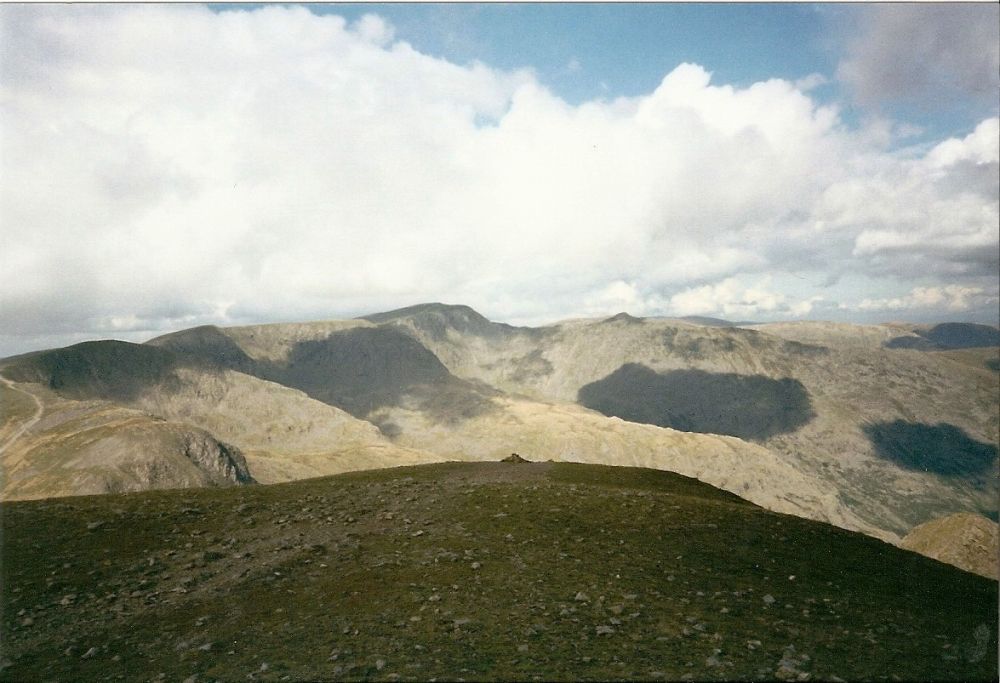
We will be providing information, support and encouragement to current and future flip-floppers. I want to support you in any way I can in my position here at ATC Headquarters in Harpers Ferry.ĭo you all know about the Flip-Flop Kick Off in Harpers Ferry May 2? It’s intended to promote flip-flopping. This bunch is smart, brave, and more than a little bit altruistic. I wish I had thought of that! Great to read all these comments – the 2015 Flip-Flop Class is going to be so awesome! Whatever you’re doing, I wanna hear about it! I would love to hear from anyone else who is planning on flip-flopping, leapfrogging, or any other non-traditional hiking method. I would rather encounter all the advantages of hiking in a non-alternative way every day, than to compromise for the end of the hike and not end up making it. It also means I could be hiking into December, which will be quite interesting.Īlthough I will absolutely admit that missing out on the “normal” hiking experience will be difficult on me in some ways, I think that the overall the effect is going to be positive.

This gives me a whole extra two months to prepare and train. I am thinking right now that I am going to try to begin my hike in Virginia in May. At the end of the day, we’re all crazy enough to want to live in the woods for months on end, so our similarities are, to me, much more significant than our differences. I enjoy doing things that are alternative. I already am going to be hiking as a (hopefully raw) vegan, so I am already prepared to be different. There are certainly those hikers who will feel that the way I am going to hike is not the Right Way to do it. I know some people don’t have that option. I have as much time as I need, and I can vary my course any way I wish. Of course, I also have the added ability of not having a set schedule that needs to be followed. Cheaper and lighter gear and as much time to get in shape as I’ll need, it seems like a win-win. I also love the idea of getting to hike during the best times of the year in each area.

People have been talking a lot about the “hiker bubble” that begins between March and April, which really messes with the area’s ecosystem.Īnd I mean, I’m nothing if not a sucker for nature, obviously. One of my goals for this hike is to get to know myself a lot better during the extended time alone.įrankly, though, the most crucial reason for my final decision to take an alternative route is for environmental reasons. But I think I have always been a sort of an independent person, who makes friends easily along the way, but does my own thing primarily. The solitude I will encounter on an alternative hike is something I have thought about as well.

Also, the fear that I may bomb terribly and end up lost in the woods somewhere. It is an adjustment to think of using starting and ending points other than Springer and Kahtadin. The very few downsides, in comparison, include psychological factors and the logistics of planning.īy far, the psychological factors are the most intimidating for me. Reasons to take an alternative hike include cutting costs, experiencing better weather, starting off with easier terrain to hike on, and avoiding crowds and Lyme disease, among other incentives. Give yourself a handicap or an extra challenge, basically.

Factors to the decision include personal level of masochism, desire for bragging rights, and time available, among others. What’s the Difference?ĭepending on your method of hiking, you can either make things a little easier or a little harder on yourself. They both can refer to any sort of discontinuous thru hike within a single season. On another site I read that a flip-flop means the same essential thing as a leapfrog. So I rechecked and found that the ATC website doesn’t define them separately. Another well known alternative is hiking from Springer to Harper’s Ferry, skipping ahead to Kahtadin, and hiking back to Virginia.Īlthough I originally had defined the terms “flip-flop” and “leapfrog” based on these two different methods, it was pointed out to me that what I had written seemed inaccurate. The most common method is starting at or near the halfway point, hiking north to Maine, coming back where you started, and hiking south to Georgia. I can’t do it better than the Appalachian Trail Conservatory, so I’ll just tell you about the usual ones. There are a few varieties of alternative hikes that can be taken, and this link will break them down for you. How you make your choice between these is a deeply personal matter, similar to deciding what flavor of Pop-Tarts to bring with you. Thru hiking the Appalachian Trail in a non-traditional way has been picking up in the past few years.Īn alternative thru hike is both similar and different to a northbound or southbound (NOBO/SOBO) hike in a couple key ways.


 0 kommentar(er)
0 kommentar(er)
